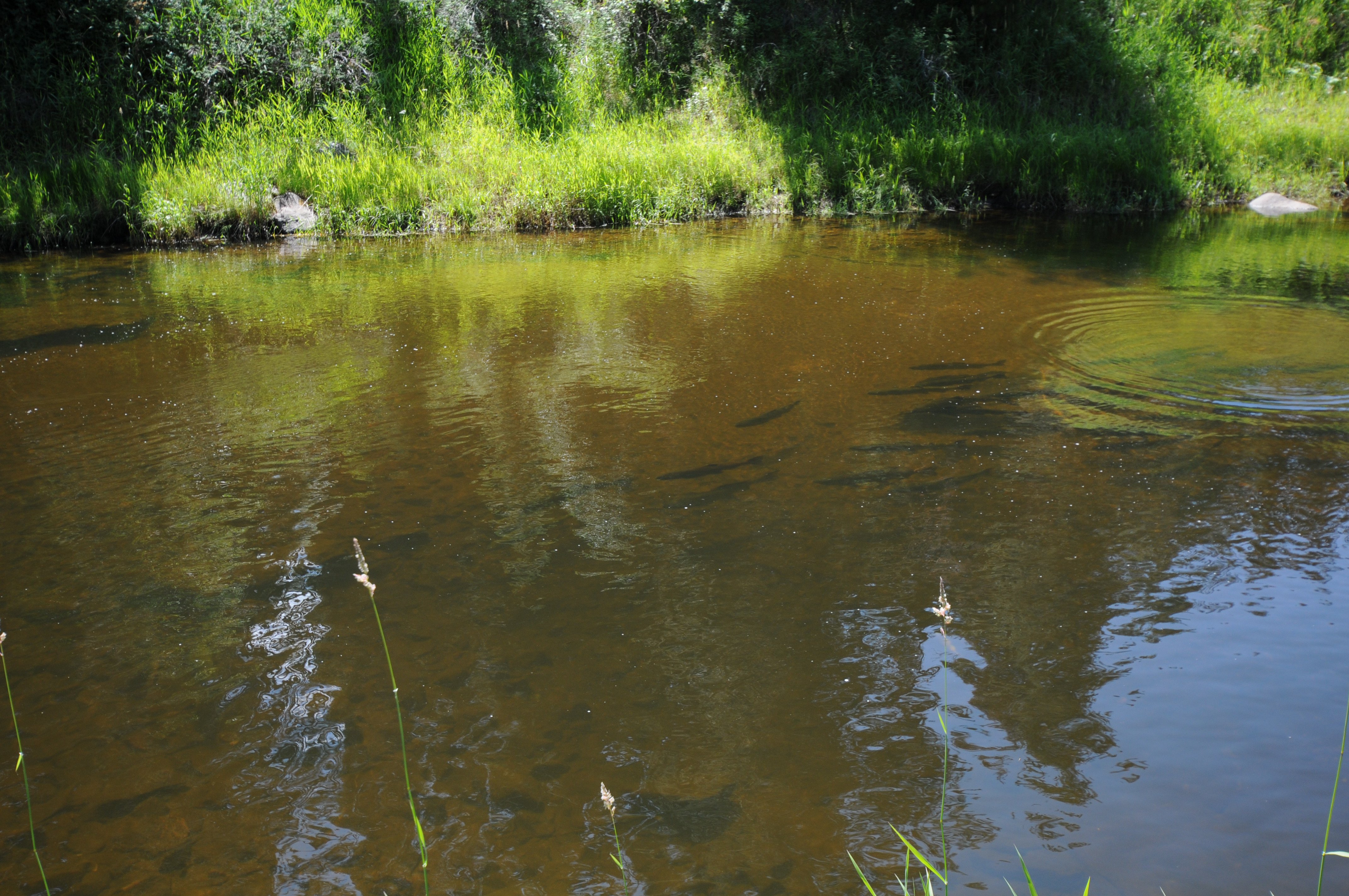"The Objectives Process" begins
- December 11, 2014
- John Harrison

One of the most important commitments to fish in the Council’s new, 2014 Columbia River Basin Fish and Wildlife Program has the distinction of being absolutely vital yet almost impossibly complex and, at first blush, intensely bureaucratic.
At its heart, though, the idea is quite simple. The Council is committed to develop a better answer to a basic question: How are the fish doing?
To that end, the Council commits in the program to work with the region’s fish managers -- state, federal, and tribal -- to collect, organize, review, and report on the myriad objectives (physical and biological changes that can be quantified) in recovery and rebuilding plans for salmon and steelhead over the breadth of the Columbia drainage. Salmon and steelhead will be first, followed by objectives for resident fish, wildlife, and environmental attributes. Ultimately, the Council hopes to amend the program with a fairly simple set of goals and objectives that have broad regional support.
This week the Council’s Fish and Wildlife Division staff began what will be an intense collaboration with fish managers, meeting at the Council headquarters with representatives of NOAA Fisheries, the Bonneville Power Administration, and others. More meetings will follow. Tribes and states are vitally important partners, and the public will have opportunities to participate.
The Council hopes to gather all of the objectives into a report by the end of 2015. The report will inform further collaborative discussions to refine goals and objectives for salmon and steelhead throughout the basin that will meet legal requirements, cultural purposes, recreational opportunities, and other rationales for protecting, producing, and harvesting the fish.
At least, that’s the hope.
The complexity and difficulty of the task, which the Council is calling informally “The Objectives Process,” was not lost on those at the initial meeting. For starters, NOAA Fisheries has population-specific goals and objectives to recover listed species under the ESA; the Council’s fish and wildlife program includes broad objectives that address listed and unlisted species; tribes have objectives for fish production and harvest, as do states. Some of these may conflict -- probably do in some streams and rivers.
The goal of the objectives process is to identify the right number of the best objectives to track fish and wildlife progress. The Council plans to call the parties together again in January to continue the conversation.


